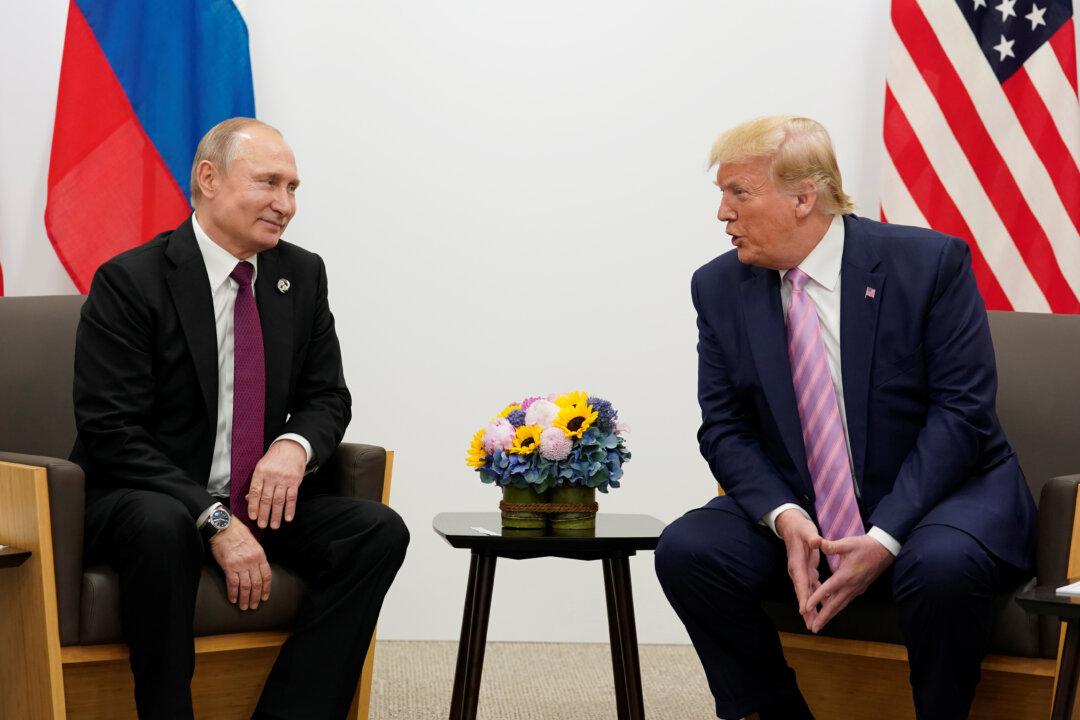Since the beginning of the Trump presidency, we’ve been witnessing a new era emerging in the world. This new era is most easily defined by the rising trade conflict between the United States and China.
Though true, it tells only part of the new realities. The context is much broader and deeper than that.
Of course, over the past several decades, the world has gotten used to leveraging China’s low-wage, high-output labor force. It has led to massive profits for thousands of companies, cheaper goods for billions of people, and an explosion of wealth for China.
The New Realities
A few have recognized this fact, but many in Congress, the media, and academia have yet to accept the new reality: Trump is forcing nations of the world to decide with which nation they want to do business. More and more, nations are seeing that their long-term interests lie in expanding their relationships with the United States rather than China.But the facts don’t support that assertion. The U.S. economy enjoys record performance in most of the key indicators. The United States is enjoying high employment levels and rising wages, a lofty stock market, a booming real estate market, as well as a resurgent manufacturing sector. Tariffs may change that picture a bit, or they may not.
China’s Economy in Meltdown
And yet, that debt has failed to stimulate the economy. In fact, it’s having a deleterious effect rather than a reparative one. A real estate bubble remains a serious risk for the Chinese economy, as does a stock market collapse. Plus, both massive public and private debt levels that have led to overproduce goods that many of China’s consumers neither want nor no longer can afford.Falling Out of Love With China
What’s more, much of the world is falling out of love with China. It’s not just Trump’s America that is hammering it. Australia has led the way to banning Huawei, China’s huge but insidious telecom maker that allows it to steal and sabotage highly classified technical and government data. The European Union will likely follow Australia and the United States’ lead on banning it and other subsidiary Chinese telecom providers.Trump’s Energy Squeeze on China
Adding the United States’ tight sanctions restricting Iranian and Venezuelan oil exports puts the squeeze on China’s energy supply. Saudi Arabian production may make up the difference, but for how long?It’s likely that Trump is trying to make arrangements with the Saudis to prevent that. The president’s short- and long-term goal is to put enormous and continuous pressure on China to force a reorganization of their economic, and perhaps even political, system.
The aggregate negative impact of these factors means that the geopolitical aspect must not be taken lightly. It’s worth recalling that in 1941, the United States blocked Japan’s access to much-needed oil. The attack on Pearl Harbor soon followed.
Choosing Sides
Trump is convincing consequential nations in Europe and Asia to adopt more and new trade positions in favor of the United States and against China. Meanwhile, China’s most reliable geopolitical relationships are with nations that are economic basket cases: Russia, Iran, and Pakistan. Turkey, another nation whose economy is in meltdown, may join these three nations and tilt toward China sooner than later. Essentially, sides are being chosen.On the one hand, we’re seeing an axis of brutal, dictatorial regimes seeking to hold onto power and influence in the world, or gain more of it. On the other, the traditional powers of the United States, Europe, the United Kingdom, and Australia more or less align their trade policies when it comes to China, Huawei, and IP security.
Some warn of a new cold war between the United States and China. That would be unfortunate, but definitely preferable when one recalls what came before it.





